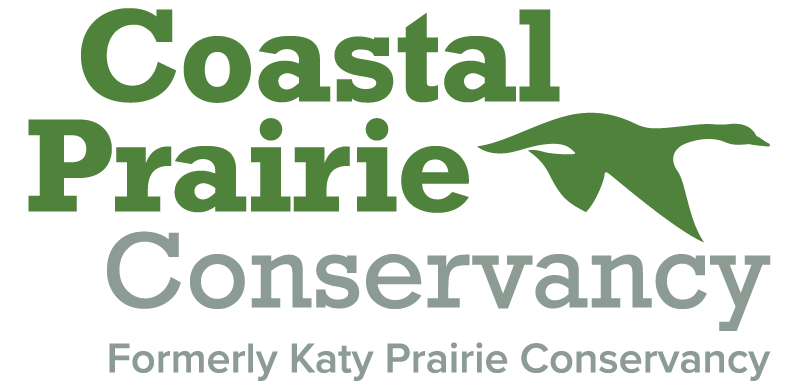State of the Species: LeConte's Sparrow (Ammodramus leconteii)
Written by: Darlene Garey, Guest Contributor
What’s that, scurrying through the marsh grass? Oh, it’s just a mouse…. Or is it? You may have seen a subtle blur of browns and greys - with a dash of buffy orange - in a Texas field or prairie. It may pop up on top of a piece of grass for a moment, before disappearing again into the vegetation. Why, it’s a little bird!
Actually, you’re more likely to hear the squeaky, chirpy “grasshopper buzz” call of the elusive LeConte’s Sparrow than to see it. One survey identified 86 males by sound, but could only find 8 by sight. They're so hard to find and track that, although officially described as a species in 1790, it took scientists nearly 100 years afterward to find the first nest.
This little sparrow is one of the smallest in North America. It acts more like a mouse than a bird, hiding and foraging on the ground and scurrying away from threats rather than flying. Their diet is mostly made up of insects in the summer and seeds in the winter.
You may see a cup shaped nest made from fine grasses and lined with soft grass and hair, attached to a standing stem of a grass or sedge. Eggs are white with grey, green or blue undertones and covered in fine brown dots (assuming they’re from the sparrow - their nests are often parasitized by brown-heated cowbirds).
According to the North American Breeding Bird Survey, LeConte’s Sparrow numbers have declined about 73% over the last 50 years. At this rate, they will lose another half of their population by 2060.
The main factor in this decline has been from loss of suitable habitat. Studies show that vegetation seems to have a greater impact on abundance of these little birds than factors like climate or patch size.
They prefer tall grass prairies and damp grassy meadows, which are being particularly lost to drainage and conversion to cropland. Further habitat loss is driven by livestock overgrazing, exotic and invasive grass planting, spraying of beneficial native forbs with herbicide, and fire suppression.
As with most animals, habitat conservation is key to keeping LeConte’s Sparrows around. Since they need areas with tall grasses and little woody vegetation, periodic disturbances like fire or haying are needed to prevent succession and encroachment of woody plants. Management strategies should also address grazing, invasives, and herbicides to protect grasslands and benefit this species.
The Coastal Prairie Conservancy has been working hard since 1992 to restore native grasslands, creating much-needed habitat for declining grassland birds like the LeConte’s Sparrow. Volunteers have been an important part of this effort, as can you be by contacting Debbie at volunteer@coastalprairieconservancy.org to find out about volunteer opportunities.
Similar initiatives include activities of the Armand Bayou Nature Center, The Nature Conservancy, the Native Prairie Association of Texas, and the Grassland Restoration Incentive Program (GRIP) of Texan by Nature– all of which encourage volunteering and other means of support.
And - should you decide to become personally involved in grassland restoration - you may even see one of these special little sparrows!

